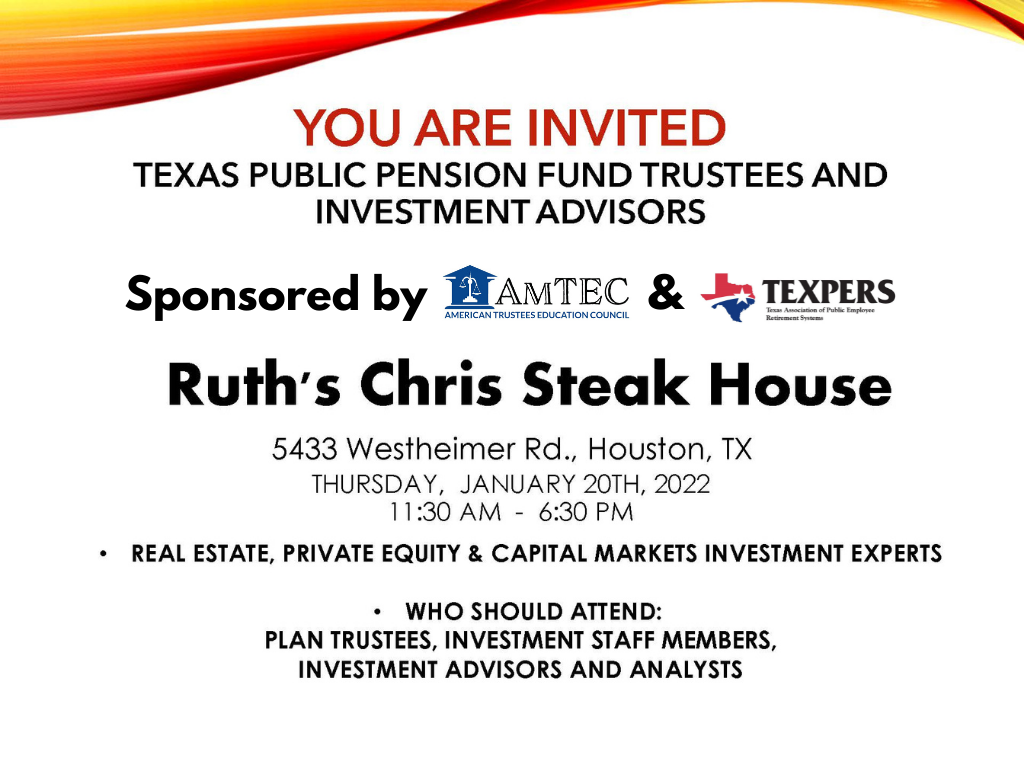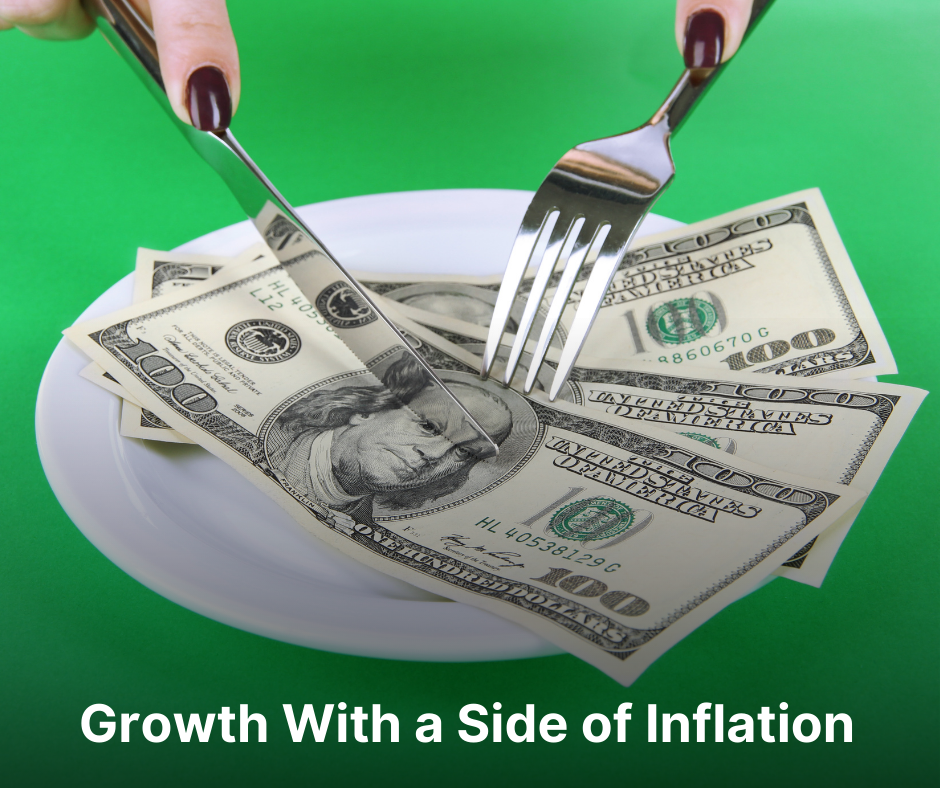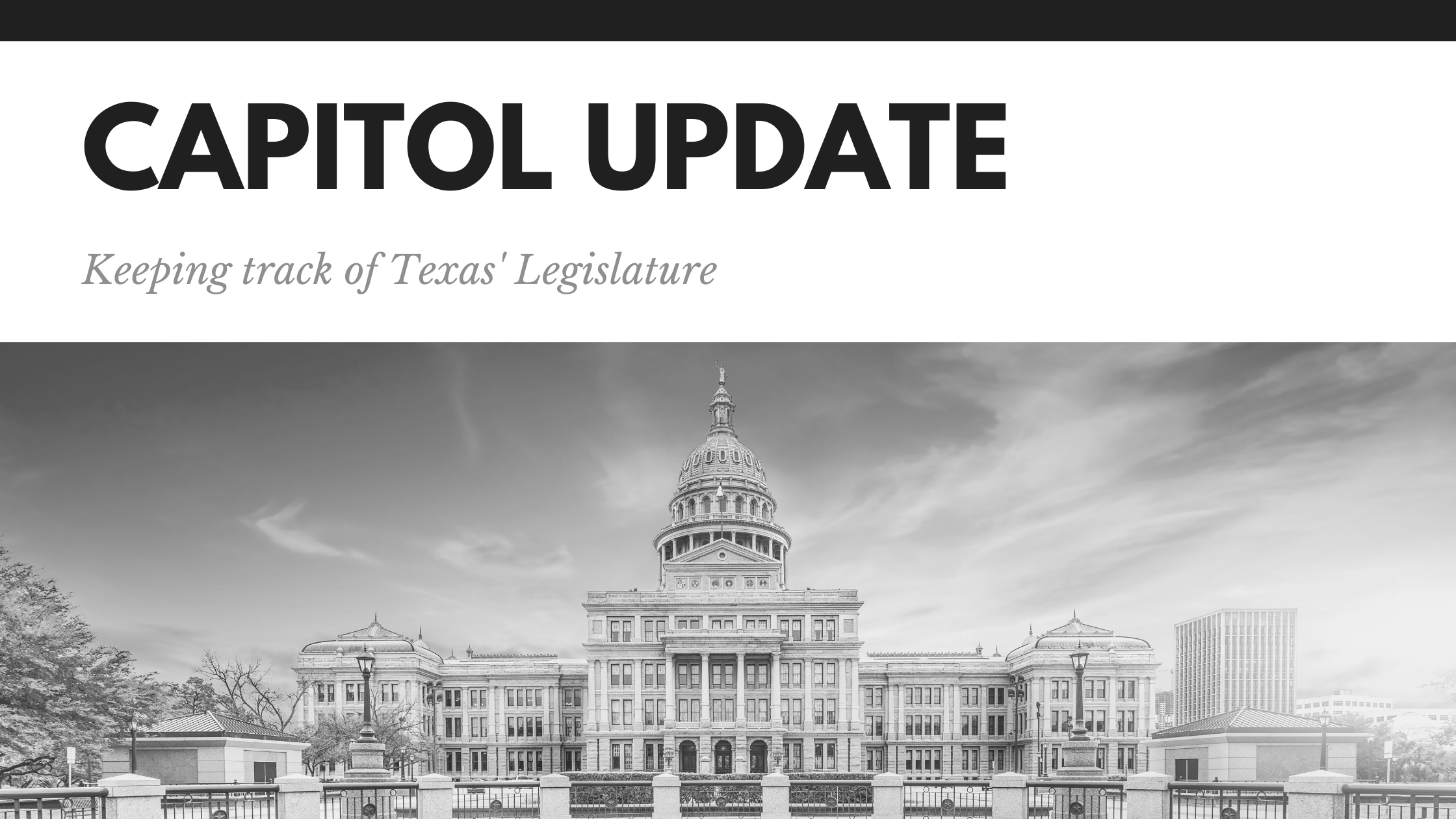Public employee retirement systems must manage and protect their data. Managing data involves creating and maintaining a framework for storing, mining, and archiving data. Cloud data management makes it possible to manage all phases of the information life cycle in one place - pushing it from paper to a digital format. And it could save pension funds time and money. A free webinar is offering details on how the federal government is currently undergoing its effort to go paperless by Dec. 31, 2022.
The Austin Police Retirement System has a job opening for an Accounting Associate.
Read More
The Austin Police Retirement System has a job opening for a Benefits Coordinator.
Read More
Houston Firefighters’ Relief and Retirement Fund Selects Government Expert Tim Schauer as Executive Director
 Effective Feb. 1, 2022, Tim Schauer will step into the role of executive director of the Houston Firefighters’ Relief and Retirement Fund, according to a recent news release.
Effective Feb. 1, 2022, Tim Schauer will step into the role of executive director of the Houston Firefighters’ Relief and Retirement Fund, according to a recent news release.
Read More
In-person conferences are one of the best opportunities to take your professional development to the next level. And when it comes to the public pensions industry, no live event matches the niche learning you'll find to help you become a better trustee or administrator.
Read More
TEXPERS Members Won't Want to Miss This Houston-area Trustee Training Opportunity
The Texas Association of Public Employee Retirement Systems invites its members to attend a free luncheon and presentation on current investment strategies at Ruth's Chris Steak House, 5433 Westheimer, Houston. Register by Jan. 12 by clicking here.
Read More
Rising Inflation: What is the Impact on Real Estate Investments in Your Portfolio?
As inflation continues to increase, many things from grocery store items to alternative investment portfolio values will be affected. Here’s what you should be mindful of in the months ahead.
Read More
The Global Listed Infrastructure (GLI) universe continues to emerge as an investment strategy for investors seeking inflation-sensitive assets with the potential to deliver equity-like returns. Alongside other real assets such as midstream MLPs, Commodities, and REITs, for example, GLI can provide additional diversification to institutional portfolios. With roughly 80 available GLI products in the universe, investors can select from a variety of approaches. The first GLI strategies were incepted in the mid-to-late 2000s and are pre-dated by unlisted infrastructure investment strategies that invested in privately-held companies and assets. Today, investors who seek the benefits of the infrastructure asset class without the liquidity constraints of the unlisted space may find an appropriate solution in GLI.
Read More
We have reached a pivotal point in both the economic and monetary policy cycle, and uncertainty for fixed income is high. The key questions on every fixed income investor’s mind are 1) where are rates going, 2) what do returns look like, and 3) what approach is best?
Read More
U.S. Single Family Housing Market Appears Poised to Benefit from Generational Demand Surge
The demand for single-family housing in the U.S. should be exceptionally strong over the next decade due to a combination of demographic forces and lagging underinvestment in residential stock. Hines Research estimates that the market will require 17 million single-family housing starts from 2021–30. This would represent a dramatic escalation of home construction relative to any decade of the past fifty years and a generational opportunity for residential lot development.
Read More
Hark! Is that Jolly Old Saint Nick, climbing quickly to altitude in the winter night sky?
Read More
The maritime industry is a massive and critical component of the global supply chain, responsible for transporting approximately 90% of global goods and commodities,[1] as well as producing clean electricity and low-carbon food. Due to its size, the industry is responsible for approximately 3% of global CO2 emissions,[2] as well as other pollutants.
Read More
2021 was an impressive year for crypto as the market, led by Bitcoin, expanded to a market cap of roughly $3 trillion, up from $800 billion at the start of the year. Bitcoin itself was able to maintain a market capitalization of over $1 trillion for several months and stands at approximately $1.1 trillion at the time of writing. While its price action throughout the year was well documented by the media, its adoption as an inflation hedge and as a currency were overlooked.
Read More
Public defined benefit (DB) plans face intensifying pressure as modest expectations for future investment returns continue to fall short of actuarial discount rates. Post-pandemic market conditions have magnified the challenge as investment consultants continue to lower their capital markets assumptions in the face of low interest rates and rising equity market valuations, which both point to leaner future returns.
Read More
More than 40 million people worldwide are estimated to be victims of various forms of modern slavery, including forced labor, debt bondage and human trafficking. Forced labor alone is estimated to generate profits of US$150 billion a year for the criminals behind it.
Read More
Sports and healthcare investing may not seem to have much in common—until you consider the role that defense can play in both.
Read More
While we believe the pace of economic growth will gradually decelerate over the course of the year, we expect it will remain above-trend. Driving this solid economic activity will be three distinct forces – the consumer, inventories, and business investment.
Read More
The Texas Municipal Retirement System, the statewide multi-employer retirement plan, is managing the retirement benefits of six new participating cities and the staff of a Dallas pension plan.
Read More
There are 30 open seats in the Texas House and Senate up for grabs during the March 2022 Primary Election and November 2022 General Election.
Read More
House Speaker Dade Phelan, R-Beaumont, recently announced his appointments to the Texas Sunset Advisory Commission, which determines when state agencies will be abolished if the Legislature doesn't act to extend them.
















